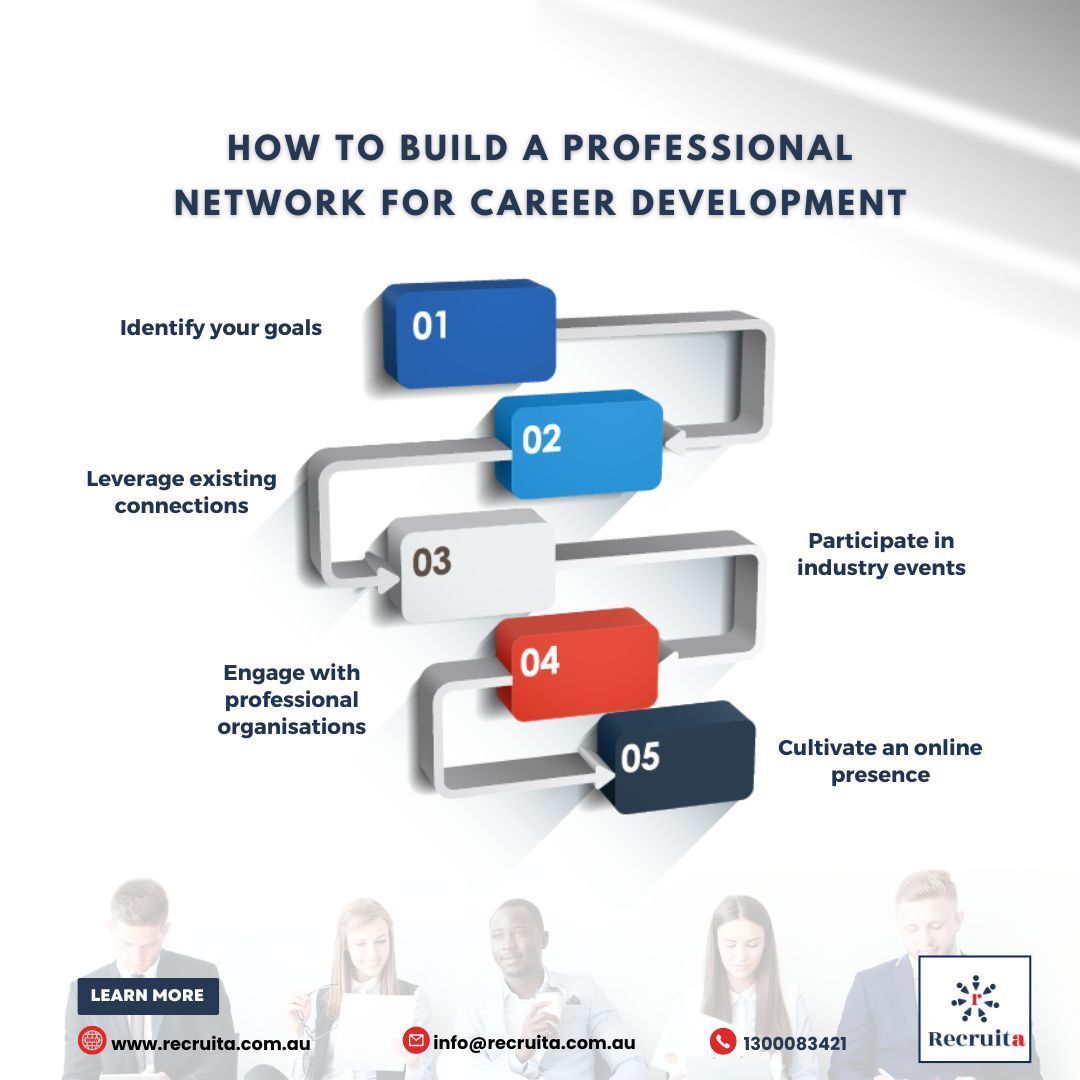From Job Boards to AI: A Look At How Technology Has Changed the Recruitment Process
Recruiting top talent has never been an easy task, but with advancements in technology, the recruitment process has been completely transformed. From posting job listings online to using AI (artificial intelligence) to analyse resumes, technology has completely changed the way companies attract and hire new employees - and for the better!
In this blog post, we'll explore how technology has impacted the recruitment process, and discuss the benefits and challenges of using recruitment software. Whether you're a hiring manager or a recruiter, understanding how technology has changed the recruitment process is essential to staying ahead of the curve.
The evolution of recruitment technology
Recruitment technology has come a long way since the early days of posting job openings in newspapers and waiting for applications to come in through the post. With the advent of the internet and digital communication, recruitment technology has advanced significantly, transforming the way that companies find and hire top talent.
In the early days of the internet, job boards such as Monster and CareerBuilder emerged as a primary means for employers to reach job seekers. These job boards were instrumental in revolutionising the recruitment process, allowing companies to post job openings and reach a wider audience quickly and easily. However, job boards had their limitations, particularly when it came to candidate screening and matching.
As such, the rise of AI has led recruitment technology to become more sophisticated, offering new solutions for candidate screening removing bias. AI-powered tools, such as predictive analytics, can analyse candidate data to predict which candidates are most likely to be successful in a particular role. This technology has transformed the way that companies identify and select candidates, making the recruitment process faster and more efficient.
Another major development in recruitment technology is the use of applicant tracking systems (ATS). These systems allow companies to manage the entire recruitment process, from posting job openings to tracking applications and conducting candidate assessments. ATS have become essential tools for recruiters, allowing them to streamline the recruitment process and keep track of candidate data in a centralised location.
In recent years, recruitment technology has placed a greater focus on addressing issues related to bias and diversity and inclusion - and at Applied, we’ve taken this to a whole new level, building our entire system around this idea of fair hiring. Our software includes features such as anonymised applications, which remove candidate-identifying information to help to reduce unconscious bias in the selection process and increase diversity in hiring.
The significant impact of technology on candidate sourcing and screening
The advent of technology has had a significant impact on the recruitment process, particularly on the way companies source, screen, and interview candidates. Here, we will explore the ways in which technology has transformed these aspects of recruitment:
- Applicant tracking systems have streamlined the screening process, allowing hiring managers to quickly filter through applications based on keywords, education, and experience.
- AI-powered software can analyse resumes, cover letters, and online profiles to identify candidates who are the best fit for the job. This can save recruiters a significant amount of time and effort, while also improving the accuracy of candidate selection.
- Applied also facilitates the use of cognitive and behavioural assessments to measure a candidate's aptitude, personality, and values. These assessments can help identify candidates who are the best fit for the job, and also reduce the risk of bias in the selection process.
- Video interviewing tools have made it possible for recruiters to conduct remote interviews with candidates from anywhere in the world. This has made the hiring process more efficient, as recruiters no longer need to spend time and money travelling to meet candidates in person.
6 benefits of using recruitment software for companies
Recruitment software can bring numerous benefits to companies, making the hiring process more efficient and effective. Here are 6 of the key benefits of using recruitment software:
- Streamlined recruitment process: Recruitment software automates many tasks, including resume screening and scheduling interviews, freeing up time for recruiters to focus on more important tasks.
- Improved candidate quality: Recruitment software can help identify the best candidates for the job by matching their skills, qualifications, and experience with the job requirements.
- Reduced bias: Recruitment software can help reduce bias by removing identifying information from resumes and using objective criteria to evaluate candidates.
- Increased collaboration: Recruitment software can help facilitate communication and collaboration among recruiters and hiring managers, enabling them to work together to identify and hire the best candidates.
- Enhanced candidate experience: Recruitment software can provide a positive experience for candidates, from the initial application to onboarding, improving the company's reputation and increasing the likelihood of attracting top talent.
- Improved data tracking and analysis: Recruitment software can help track key metrics, such as time-to-hire and cost-per-hire, enabling companies to make data-driven decisions and continuously improve their recruitment strategies.
4 challenges of incorporating technology into the recruitment process
While technology has brought significant improvements to the recruitment process, there are also challenges that companies may face when incorporating it. Some of these challenges include:
- Resistance to change: Some HR professionals, recruiters, and hiring managers may resist adopting new technology and processes, especially if they have been using traditional methods for a long time.
- Cost: Implementing new technology can be costly, and companies may be hesitant to invest in new systems if they are unsure of their ROI.
- Integration with existing systems: Recruitment software and other technology must be integrated with existing HR systems to avoid redundancy and inconsistencies.
- Data privacy and security: With the rise of technology, data privacy and security have become a growing concern. Companies must ensure that their recruitment software and systems are secure and protect sensitive candidate data.
Future trends in recruitment technology
As technology continues to evolve, so does the recruitment process. Here are some of the exciting future trends in recruitment technology that we predict:
- AI and machine learning: AI and machine learning technology can help automate repetitive tasks and streamline the recruitment process, including candidate screening and matching. It can also help reduce bias in the selection process.
- Virtual and augmented reality (VR/AR): VR and AR can be used to create immersive job simulations and provide a realistic preview of job duties and work environments, allowing candidates to make informed decisions about job fit.
- Mobile recruiting: With the growing use of mobile devices, mobile recruiting is becoming increasingly important. Mobile recruiting can include features like text message updates, mobile-optimised job postings, and mobile-friendly application processes.
- Social recruiting: Social media platforms are becoming a popular way to source candidates and build employer brand awareness. Recruitment software can integrate with social media platforms to enable recruiters to identify and engage with potential candidates.
- Predictive analytics: Predictive analytics can be used to analyse recruitment data and predict candidate success and retention rates. This can help companies make data-driven hiring decisions and improve their recruitment strategies over time. Of course, we already have this as part of our process here at Applied, but we predict this technology will only become more widely used and reliable.
These trends are just a few examples of how technology is continuing to transform the recruitment process, and it's important for HR professionals and recruiters to stay informed about new developments and opportunities for innovation.
The role of recruitment software in the hiring process
Recruitment software has become an integral part of the modern hiring process, allowing companies to streamline and automate various aspects of recruitment. It provides a centralised platform for managing candidate information, job postings, and communication with candidates - and can also help with resume screening, candidate assessment, and interview scheduling. With the use of recruitment software, companies can significantly reduce the time and effort required for recruitment and ensure a more efficient and effective process overall.
Source: https://www.beapplied.com/post/how-has-technology-changed-the-recruitment-process



